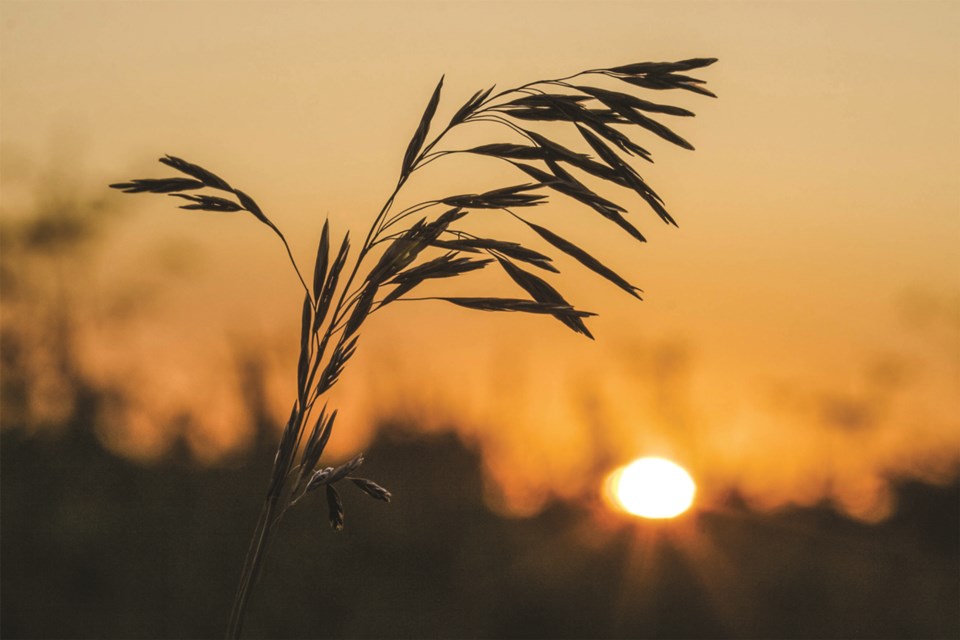OLDS — Harsh as the current drought is, it may provide a silver lining for the next generation of producers, an Olds College instructor says.
Ag management instructor Dustin Farr says it may provide a “teachable moment” for instructors and students from various parts of Canada and the world this fall, as they compare crop conditions around the world.
"It’s definitely a teachable moment," Farr said during an interview.
“And when we start talking about impacts on plants, they can actually observe those in the field right now, which is good from an education standpoint, but maybe not the best from a producer’s standpoint, as far as trying to maximize productivity.”
Farr noted that Olds College attracts students not only from across Alberta, but around the world, from a wide variety of farming backgrounds and climates.
"Depending where you’re at in western Canada right now of course, it’s a drought and excess heat across Western Canada," he said. “But of course, there are other areas where you've got irrigation, combined with dryland farming.
"And that’s where you can see some of those notable differences between those crops where if we are able to control the moisture we’re putting on, what the benefits of that look like when you’ve got those crops kind of side by side."
He said in Alberta, the drought has stunted crop development.
“They’re running out of that moisture during that grain-filling stage, or in the instances of canola, we saw some heat blasting of flowers where we’re not getting as much pod development,” he said.
He said even back in spring, canola crops were about one-third shorter than they should have been.
Conditions can vary from farm to farm, so it’s up to each producer to decide how best to deal with drought and the resulting damage to their crops given the conditions on their specific property, he said.
“It’s not something where you can say ‘blank’ is going to work for everybody. It’s every producer has to look at that on their own and make the best decisions for themselves,” he said.



